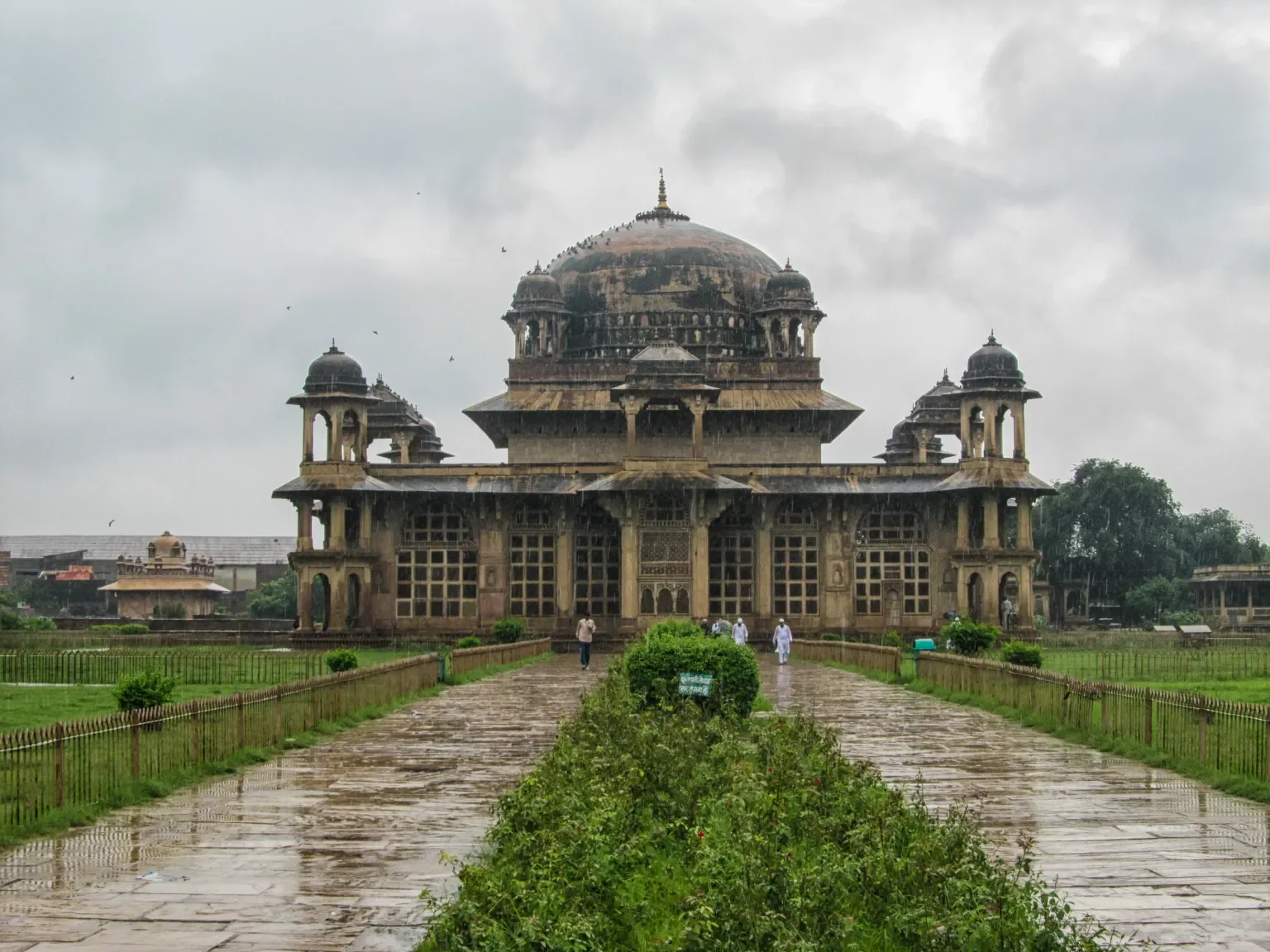Madhya Pradesh Switch to Hindi
Tomb of Tansen
Why in News?
The Madhya Pradesh High Court dismissed a plea to allow religious and cultural activities at Hazrat Sheikh Muhammad Ghaus’s tomb in Gwalior, stressing the need to protect the monument.
- The grave of Tansen, the legendary musician of Emperor Akbar’s court, is located on the premises of the monument.
Key Points
- High Court’s Observation:
- The Madhya Pradesh High Court reaffirmed that the tomb housing both Tansen and Hazrat Sheikh Muhammad Ghaus (a revered Sufi saint), is a protected monument of national importance under the Ancient Monuments and Archaeological Sites and Remains Act, 1958.
- The court stressed that the Archaeological Survey of India (ASI) and district administration are responsible for maintaining the site’s integrity.
- The Madhya Pradesh High Court reaffirmed that the tomb housing both Tansen and Hazrat Sheikh Muhammad Ghaus (a revered Sufi saint), is a protected monument of national importance under the Ancient Monuments and Archaeological Sites and Remains Act, 1958.
- About the Tomb:
- The tomb was constructed after the death of Sufi saint Sheikh Muhammad Ghaus and stands as one of the most remarkable monuments from Emperor Akbar’s reign (1556–1605).
- The tomb anticipates several features that later became common in Mughal architecture, particularly in eastern India.

- The tomb has a square layout with a large, squat dome and flanking chhatris, giving it a layered, multi-tiered look.
- A veranda surrounds the central chamber, adorned with finely carved stone jalis (screens), reflecting the architectural influence of Gujarat.
- The design elements of this tomb influenced later Mughal-era structures, including the renowned tomb of Shaikh Salim Chishti at Fatehpur Sikri.
- About Tansen:
- Tansen was born around 1500 CE, in Gwalior, Madhya Pradesh. He later became one of the most influential figures in North Indian classical music.
- Sufi tradition describes Tansen as a disciple of Sheikh Muhammad Ghaus.
- He earned fame for his dhrupad compositions and mastery over ragas, which are melodic frameworks designed to evoke specific moods or elements of nature.
- Legends claim his singing could perform miracles—such as calming wild animals, mimicking natural sounds like birds and lions, and even altering the time of day.
- Tansen joined the court of Mughal Emperor Akbar, who deeply valued artistic talent and patronised many great minds of the era.
- He was among the celebrated navratnas or “nine gems” of Akbar’s court, a group of distinguished scholars and artists.
- In recognition of his exceptional musical talent, Akbar bestowed upon him the title Mian, meaning “Master.”
- Tansen died around 1586 or 1589 and was buried in Gwalior.
- Tansen was born around 1500 CE, in Gwalior, Madhya Pradesh. He later became one of the most influential figures in North Indian classical music.
Archaeological Sites and Remains (AMASR) Act, 1958
- The aim of the act is to protect and preserve ancient monuments for future generations.
- It applies to monuments over 100 years old in public or private ownership.
- Prohibits construction or alteration around ancient monuments without National Monuments Authority (NMA) approval.
- NMA established in accordance with the AMASR Act is responsible for the conservation and preservation of monuments and sites (and banned/restricted areas surrounding centrally designated monuments).
- NMA is responsible for implementing the AMASR Act and granting permission for construction or developmental activity within protected and regulated areas.
- The protected area is a 100-metre radius around the monument, with a regulated area extending up to 200 metres beyond that.
- Current restrictions prohibit construction within 100-metre radius of protected monuments and have strict regulations for permits in an additional 200-metre radius.


.png)








.png)


.jpg)



 PCS Parikshan
PCS Parikshan

